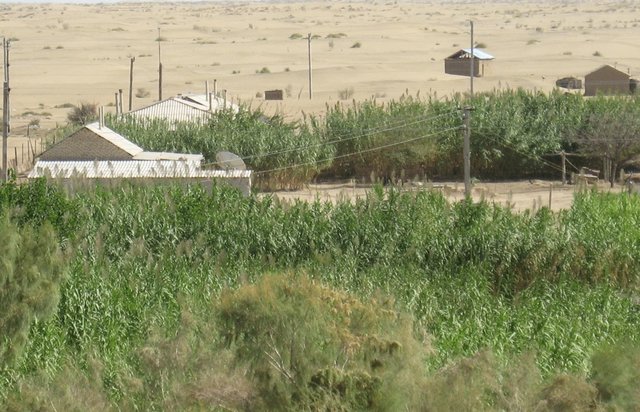
Growing Arundo reeds (Arundo donax L.) to create … [Turkmenistan]
Farming techniques for growing arundo reeds in order to protect households from wind and dust and other economic purposes.
- Compiler: Nikolay Zverev
Only data declared as public are visible.

Farming techniques for growing arundo reeds in order to protect households from wind and dust and other economic purposes.
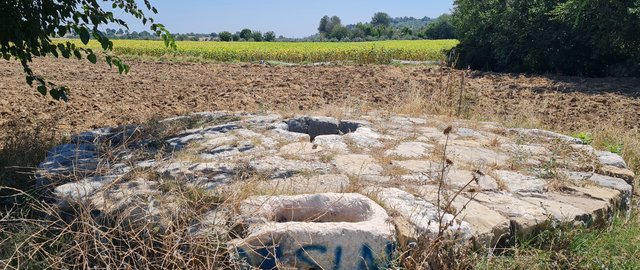
Cisterns are water collection structures which form part of a cultural heritage dating back some 2000 years. While cisterns are commonly used to store drinking water, in the sloping fields of Tarsus they serve as a form of water insurance structure for orchards during dry periods.
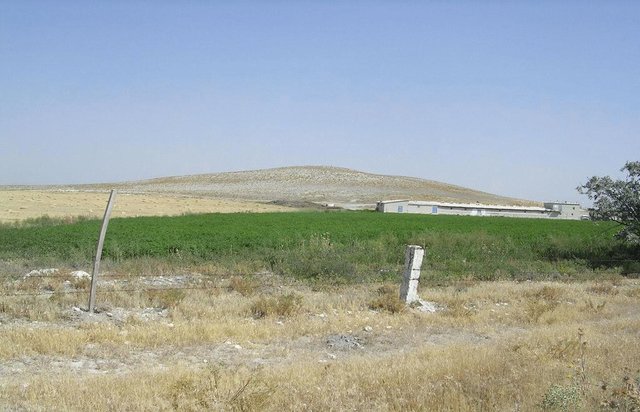
Production of fodder crops every year both for feeding livestock and increasing soil fertility.
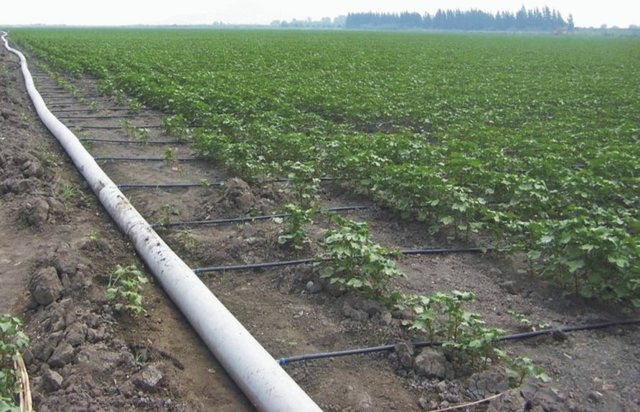
Drip irrigation is a method designed for minimum use of water and labour for the optimum irrigation of plants in arid and semi-arid regions.
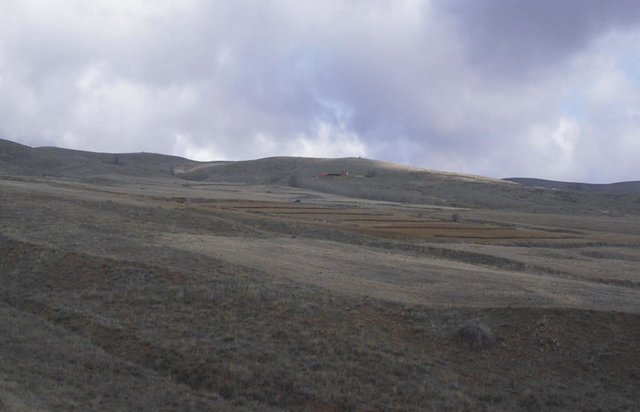
Wooden fences are an effective and relatively cheap way of conserving soil from water erosion by decreasing overland flow. They also increase crop yield by encouraging better infiltration.
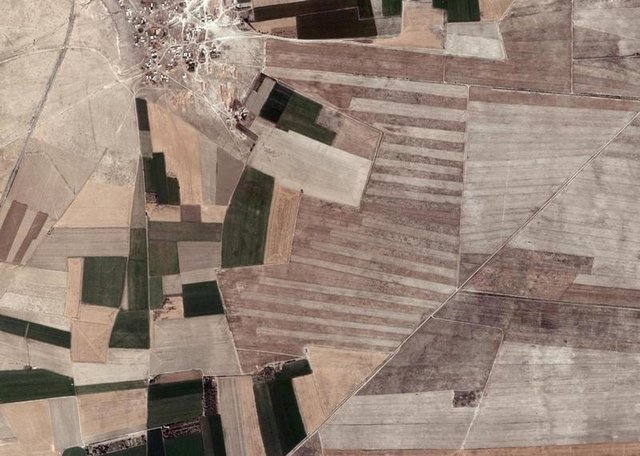
Strip farming is a kind of an agriculture method that cereals are sowed as strips which are 50 m witdh (strip-fallow-strip). Strips are perpendicular to wind direction in dropugth areas.
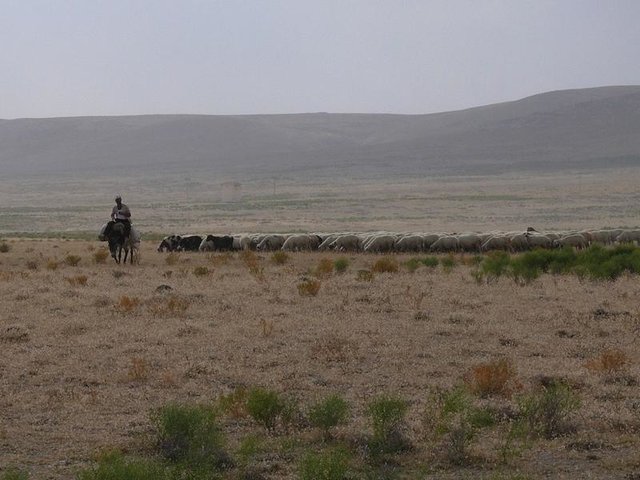
Allowing livestocks to graze in pasturelands in a periodic and regular manner.
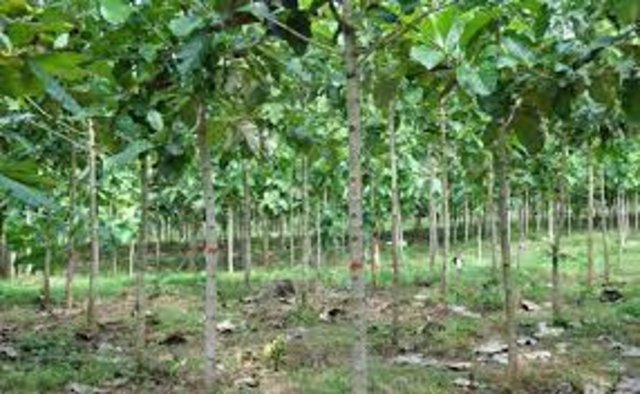
Teak commonly refered to as Tectona grandis is preferred as a timber species in Northern Uganda by both small, medium and large scale farmers. A teak plantation is normally established for purposes of providing timber and income but also sequester atmospheric carbon dioxide and act as wind break.
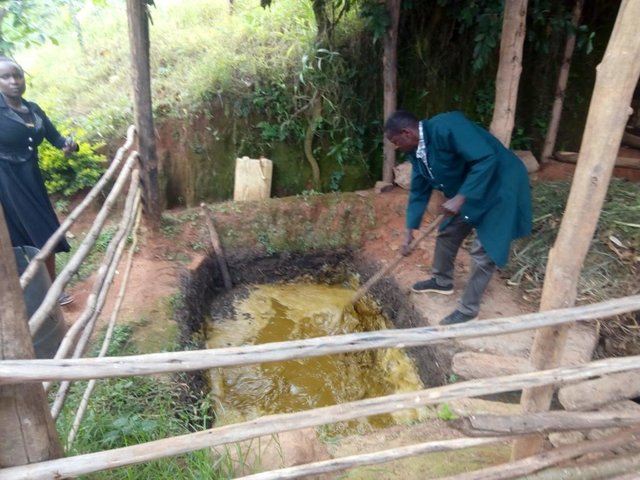
The irrigation fertilizer system is an innovation designed to distribute manure and water in a banana plantation. A kraal (livestock zero grazing shed) with a cow dung reservior, set up uphill and connected with pipes to deliver diluted cow dug to a banana plantation downslope. This reduces the labor required …
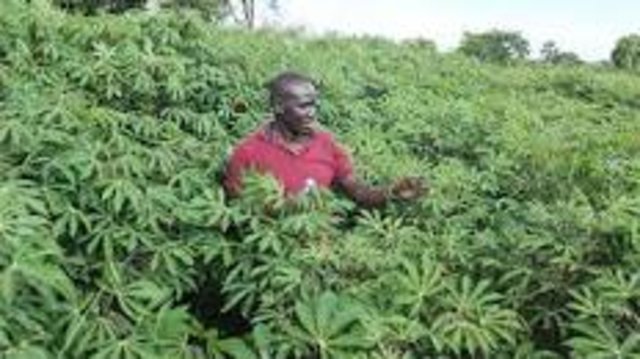
The improved variety of cassava known as Nafe14 is grown on a gentle slope. Animal traction was used to plough 43 acres of land. The land was initially used for growing soya beans. The cassava garden has some trenches dug across so to control flooding and soil erosion. By this …